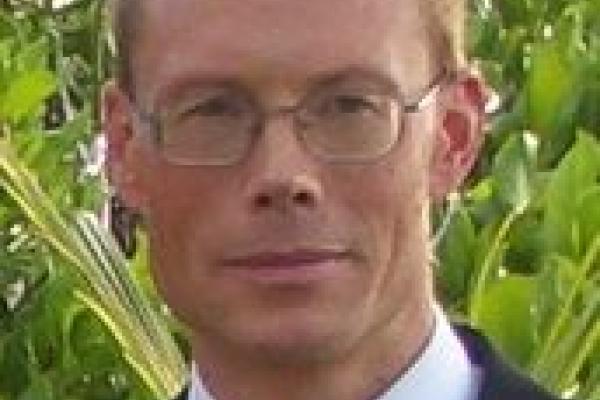
Kitaev's exactly soluble model of spins with competing Ising interactions on a honeycomb lattice created a storm of activity in fields ranging from mathematical physics to materials science. a-RuCl3 is the leading candidate material for the appearance of Kitaev physics, although like the ``Kitaev'' iridates, it is magnetically ordered at low fields. Numerous reports of field-induced quantum spin-liquid (QSL) behaviour notwithstanding, the key experimental question remains that of distinguishing between disordered states arising from intrinsic quantum spin fluctuations or from extrinsic (sample) problems. Theoretically, it has become clear that intrinsic RuCl3 lies in the parameter space of ``K-J-G'' models, but not close to the Kitaev limit, which mandates a complete investigation of this parameter space for fully quantum (S = 1/2) spins.
Reliable experimental observations that the field-induced QSL in RuCl3 has gapless excitations over a broad field range indicate spin fractionalisation. In the K-G model, one may use a spinon description and variational Monte Carlo (VMC) calculations to examine how the nature of the field-induced QSL depends on the field orientation. For particular field directions in the plane of the honeycomb lattice, the system is a gapless Dirac spin liquid, in full agreement with experiment. Out-of-plane fields produce a chiral spin-liquid phase, which would show an integer-quantised thermal Hall effect. In the full K-J-G parameter space, there is only one “proximate Kitaev spin-liquid” (PKSL) phase, a Z2 QSL with 14 Majorana cones ensuring a gapless spin response. In an applied c-axis field, the PKSL realises two new chiral QSL phases from Kitaev's original classification, with even Chern numbers n = 2 and 4 ensuring that both have Abelian anyons.
